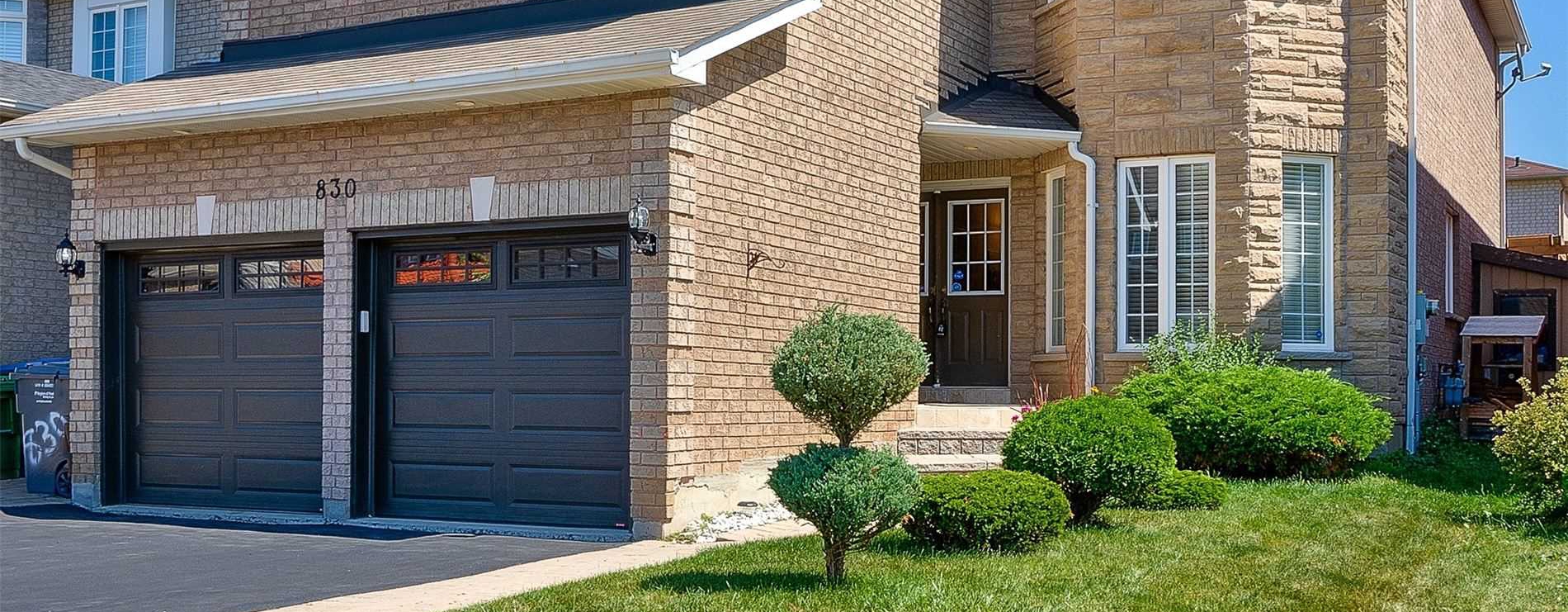
What to do if the appriasal comes in lower than the purchase price
When you buy a home, if the appraised value is lower than the purchase price, it restricts how much a lender will lend because they base loans on the value of the property.
A lender will not lend more than the appraised value of the home.
For example, if your offer to purchase a home is for $700,000 and you are making a down payment of 5% for a conventional loan which would put your loan amount at $665,000, the appraised value would need to come in at $700,000 to complete this purchase.
If the appraisal comes in higher than $700,000, it doesn’t change the purchase price or loan amount. It’s actually a benefit to you, because you are purchasing the home for less than the actual value.
But, what if the appraised value comes in lower?
Using the example above, if the appraised value comes in lower at $685,000 you have three options.
- Negotiate with the seller to bring down the purchase price
- Come in with the difference at closing
- Cancel the transaction
Negotiating with the seller to bring down the purchase price
The seller or their real estate agent may ask for a copy of the appraisal to confirm the value.
Sellers don’t want the sale of their home to fall through, and if you have an appraisal contingency, you can cancel the transaction due to property not coming in at value.
The next buyer may have the same problem, so it is in the sellers benefit to negotiate a lower sales price.
However, this is not always the case. This tactic depends on the home, the seller, and the type of market.
In a “sellers market”, which basically means that there are more buyers on the market than there are sellers – the sellers aren’t pressured to negotiate because they know that inventory for houses is limited and another buyer will come along.
In a sellers market – low appraisals are common. Because of the low inventory sellers get multiple offers and a bidding war starts to happen. Buyers are desperate to get into a home and will offer more than the asking price just to be able to get into the home.
Read: How to Get your Offer Accepted in a Seller’s Market
Negotiating with the seller is not likely if we are in a sellers market. The next option is bringing in the difference.
Coming in with the appraisal difference at closing
Using the example in the beginning of this article, $700,000 was the purchase price offered, 5% is the down payment being made, and the appraised value came in low at $685,000.
Coming with the difference means that you are going to pay for the appraisal difference so you can move forward with the closing.
The difference is the gap between the appraised value and purchase price. In our example, the difference is $15,000.
The lender is going to base the down payment off of the value of the property, not the purchase price (this is only the case if the value comes in low).
Value is $685,000, down payment will be 5% of $685,000 which is $34,250.
At closing you will need to bring in the $34,250 for the down payment and the $15,000 appraisal difference.
If this is not an option for you, then you have the third option of canceling.
Canceling the transaction
Canceling the purchase offer is straight forward, so we will keep this short and sweet.
If your offer included an appraisal contingency, than you have the option of canceling since the appraisal didn’t meet the value of the purchase offer.
If you waived your appraisal contingency, canceling due to a low appraisal is not an option to you.
More info:
Categories
Latest Post
- Are property taxes included in the mortgage?
- Property Taxes
- What are the 4 c’s of credit?
- What is an appraisal contingency?
- Flying Solo: Purchasing a Home Without Your Spouse in Texas
- The Real Reason Underwriters Deny Loans – What You Need to Know
- Stretch Your Home Buying Budget with a 40-Year Mortgage
- Save Money on Your Mortgage with a No Closing Cost Option
- Co-Borrowers on a Mortgage: Everything You Need to Know
- Maximize Your Home Buying Budget: Lender Credits 101